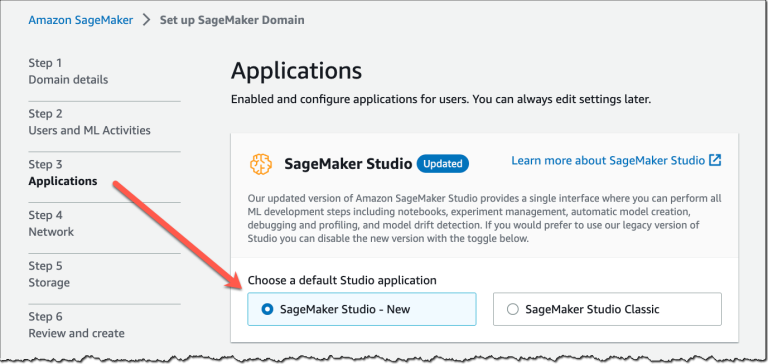
Data is now inevitable for every business. By the end of 2020, estimates found that 1.7 megabytes of data for every single person on the planet got produced each second. That’s 6 gigabytes per person (think storage for about 1,500 songs) created each hour.
In this world, it’s no longer a question of if your business will use data, but rather how you will use it. Specifically, how will you control it, manage it, secure it and — most importantly — use it effectively as a competitive advantage.
Answering these questions requires outlining clear goals for using data in your business and developing a strategy to achieve those goals. Of course, a lot must happen to first provide that clarity. Here is a look at the foundation you need to create to unlock the power of data for your business.
Developing an effective data strategy for your business starts with getting organised about what data you have. It also requires a sound architecture pattern to ensure you can properly manage data in pursuit of your top-line objectives. All of this foundational work starts with four critical steps:
Make data available in a timely, accurate and unified manner
Data comes from everywhere at all times, and it rarely looks the same across sources. In this raw state, data doesn’t actually provide much value. The volume, velocity, volatility and variety of this data can make processing it efficiently a challenge.
Ultimately, you need to bring all of this data together in a way that makes it widely available for users across your organisation in a timely, accurate and unified manner. Only then will it deliver on the promise of its value and help your business achieve its goals.
Key considerations in this area include:
- Maintenance: How can you introduce a low maintenance approach to data that enables fast delivery times and easy access for a variety of audiences?
- Access: How can you deliver a unified approach to accessing data that breaks down silos and avoids unnecessary variations in data, all while making it understandable and usable for multiple use cases?
- Latency: How can you ensure the data gets delivered as quickly as possible to power more real-time decisions?
Deliver data for use in artificial intelligence and machine learning models
If it feels like AI/ML is everywhere these days, that’s because it is. These models are a highly effective way to make data even more powerful for your business, typically with less work along the way. For example, these models can power exploratory analyses and visualisations that minimise the time spent manually transferring and cleaning data. They also offer repeatable analyses for easier collaboration and can make predictions based on key sets of data.
But achieving that ideal state does require additional effort. Using data for AI/ML effectively involves feature engineering, regularly tuning models, and continuous training and deployment seamlessly at scale.
Start your cloud journey with a “data-first” approach
If your business is just getting started in the cloud, one ideal way to start your cloud journey is with a “data-first” approach. In this scenario, you can easily (and inexpensively!) move or copy your data into the cloud.
From there, countless options are at your fingertips. First, it becomes easier to discover and audit disparate data sources to identify areas for improvement, such as data your business is currently underutilising or data that was previously miscategorised. Second, having all of your data in the cloud positions your business to more easily integrate it into other tools and systems. In turn, that can maximise the value of your data in ways like making it more accessible and combining it with other, complementary information.
Modernise your existing data architecture
Even if your data is already in the cloud, many businesses find there are improvements they can make to further modernise their data architecture. Typically, these improvements center around the following areas:
- Increasing availability and elasticity to scale to meet demand while managing costs
- Reducing ongoing large capital investments and system maintenance by engaging a managed services partner
- Introducing more durable and automated backups
- Enhancing security and access controls, including improving consistency in these measures across systems
- Across all of these opportunities, it’s important to consider your ideal end state and what exactly you will need to get there. That consideration, combined with a variety of factors that might be unique to your business (e.g. compliance concerns, cost concerns, types of data in use), should ultimately impact which of these opportunities is most important for your business to tackle and when you should do so
Does your business have a strategy for using data effectively?
Data is now one of the most valuable assets your business has. How you manage and use it can make all the difference in growing your business and providing a competitive advantage in the market.
But of course, achieving that goal is typically far easier said than done. When rubber meets the road, most businesses do encounter challenges when it comes to using data effectively. Avoiding these challenges requires proper planning and creating the right foundation. The steps outlined here are an important start to building that foundation.
Photo by Agence Olloweb on Unsplash

Want to find out more about topics like this from industry thought leaders? The Cloud Transformation Congress, taking place on 13 July 2021, is a virtual event and conference focusing on how to enable digital transformation with the power of cloud.





